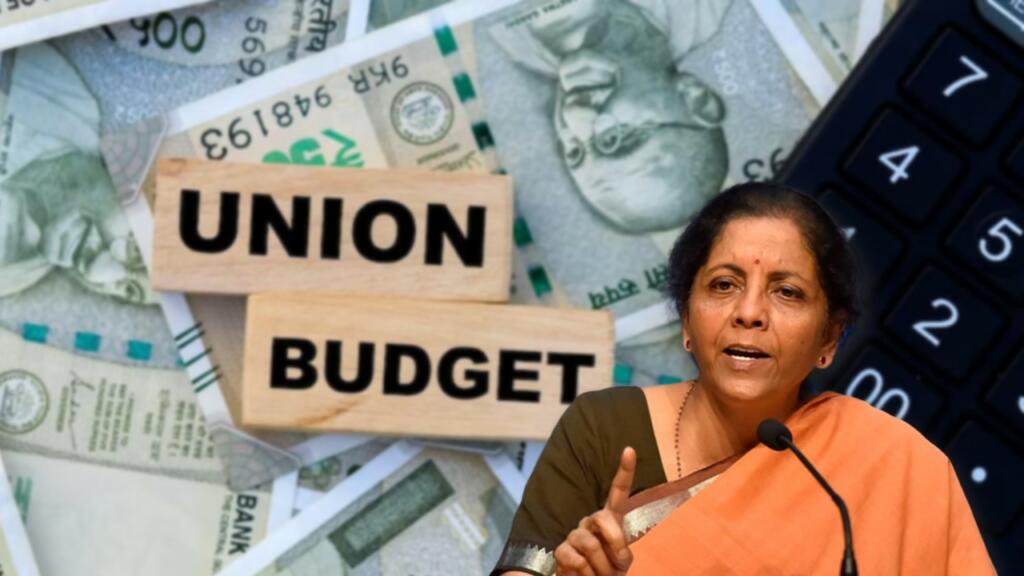New tax regime: On February 1st, Finance Minister Nirmala Sitharaman unveiled the last full budget before the 2024 General Elections. It is being hailed as the first budget in the “Amrit Kaal” and considered a blueprint for the next century. However, as with any budget, the success of this year’s budget will be determined by how much it benefits the middle class.
Tax Regime Overhaul Brings Cheers to Middle Class
At TFI, we accurately forecasted that this year’s budget would be highly beneficial to the middle class. Major takeaways for the middle class from the budgetary announcement corroborate this.
- FM increased the Tax Rebate from Rs 5 Lakh to Rs 7 Lakh
The income tax rebate under Section 87A has been increased to Rs. 7 lakhs under the new tax regime, up from Rs. 5 lakhs. Earlier, both the old and new tax regimes exempted individuals with an income of up to Rs. 5 lakh from paying income tax. The Finance Minister’s budgetary announcement would mean that under the new tax regime, those with an income of up to Rs. 7 lakh would not be required to pay any income tax.
2. Tax Slab revamped
There were previously six income categories, but it has now been simplified into five income categories. The basic tax exemption limit has been increased to Rs 3 lakh, which was earlier slated at Rs 2.5 lakh. The tax slabs in the new regime will be as follows:
- Up to Rs 3 lakhs – nil
- Rs 3-6 lakh – 5%
- Rs 6-9 lakh – 10%
- Rs 9-12 lakh – 15%
- Rs 12-15 lakhs – 20%
- Rs 15 lakh and above – 30%
Read more: Budget 2023: The long wait for the middle class is going to end now.
1. Standard Deduction for Salaried class and Pensioners
The Finance Minister announced that pensioners will receive a standard deduction under the new tax regime. This will benefit salaried individuals earning 15.5 lakh or more, giving them a savings of 52,500.
2. Reduction in Highest Surcharge rate bringing Maximum income tax at 39%
Another major announcement on personal income tax relates to the highest tax rate of 42.74 per cent. This was among the highest tax rates globally. The Finance Minister proposed lowering the highest surcharge rate from 37 per cent to 25 per cent in the new tax regime, resulting in a decrease of the maximum tax rate to 39 per cent.
3. Encashment of leave
The limit for tax exemption on leave encashment upon retirement for non-government salaried employees was last set at Rs. 3 lakh in 2002. At that time, the highest basic pay in the government was Rs. 30,000 per month. Reflecting the rise in government salaries, the Finance Minister announced to increase the limit to Rs. 25 lakh.
Read More: Union Budget 2023 live updates: Modi Govt announces New Tax slab
Apart from these announcements, the Modi government has now made the new tax regime the default option. However, the Finance Minister has not tweaked the old tax regime even a bit.
While giving impetus to the economy and much-awaited relief to the middle class, the Modi government has stood firm on its commitment to fiscal consolidation. It has reduced the target for the fiscal deficit to 5.9% of GDP for the next fiscal year. The current fiscal year’s target was set at 6.4% of GDP.
The fluctuation in the stock market is a decent reflection of the budgetary announcements. Following the changes in tax slabs and other major announcements, the stock market surged, indicating that the market received the budget favorably.
Notably, the middle class is considered the driving force behind any economy. Providing direct or indirect support to this group has a rapid impact on the demand and supply cycle, creating a virtuous cycle. Furthermore, the resulting multiplier effect of this support is significantly greater than that of other tax cuts.
That’s the reason the Modi government has opted to cater to the needs of the middle class and the neo-middle class to give a strong boost to the Indian economy.
Support TFI:
Support us to strengthen the ‘Right’ ideology of cultural nationalism by purchasing the best quality garments from TFI-STORE.COM
